Contents
In a world bustling with trends and quick fixes, the journey towards genuine well-being often gets lost in a sea of confusion. Yet, at the core of this dietary maze lies a simple truth: the transformative power of foods that are both low in fat and high in protein.
Imagine these foods as the foundation of your health, like sturdy bricks upon which you can build a vibrant lifestyle. In this comprehensive exploration, we will dive deep into the world of tangible, mouthwatering foods that combine minimal fat with robust protein content, unearthing a multitude of benefits for both your body and mind.
The Role of Protein and Fat in a Healthy Diet
Imagine proteins as your body’s skilled craftsmen, working tirelessly to mend and create the very essence of your being. These microscopic marvels repair muscles, reconstruct tissues, and craft the intricate patterns of your hair, skin, and nails. Proteins don’t stop there; they play an active role in your bloodstream, acting as messengers and bolstering your immune defenses [1].
Now, let’s talk fats – they’re like the reliable fuel that keeps your engine running smoothly, maintaining steady energy levels and supporting brain function [2]. Yet, excessive consumption of unhealthy fats can shift the balance towards health problems.
Foods Low in Fat and High in Protein
Lean Meats and Poultry
Embarking on a culinary journey through the land of sustenance, lean meats and poultry emerge as steadfast allies. These nutritional powerhouses not only tantalize your taste buds but also fuel your body’s needs.
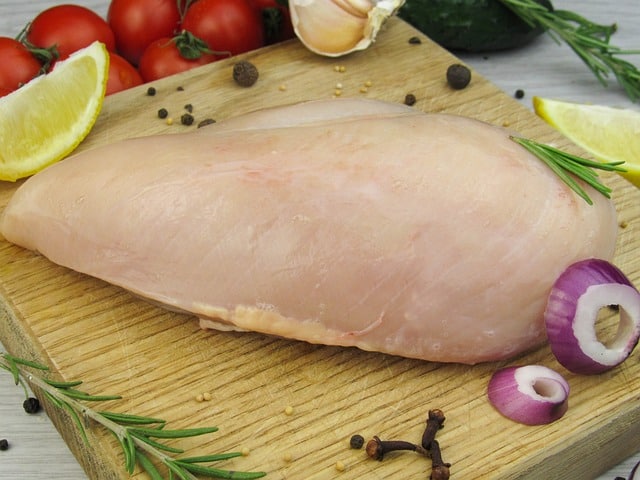
Take skinless chicken breast, for instance, which boasts approximately 31 grams of protein per 3.5-ounce serving. It’s a lean protein marvel that promotes muscle growth and tissue repair, all while maintaining a low-fat profile.

Similarly, turkey breast follows suit with roughly 29 grams of protein per 3.5-ounce serving, making it another lean and satisfying option.

Moving to the realm of red meat, tender cuts of beef like sirloin provide approximately 27 grams of protein per 3.5-ounce serving, showcasing the perfect balance between protein content and fat reduction.
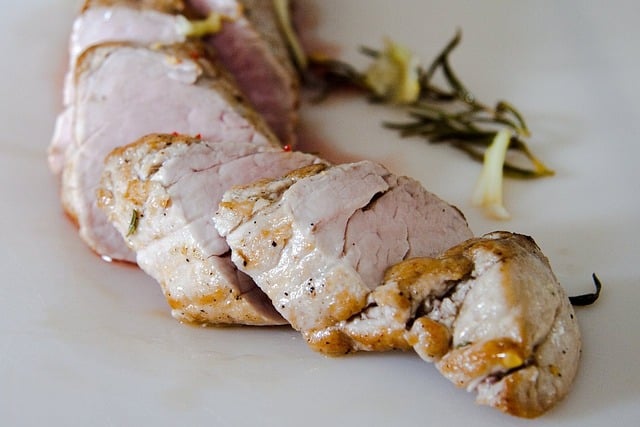
For those who lean towards pork, pork tenderloin offers around 22 grams of protein per 3.5-ounce serving, embodying a lean yet flavorful protein source.
Lastly, the ever-versatile lean ground beef clocks in at about 18 grams of protein per 3.5-ounce serving, allowing for creative culinary adaptations while maintaining protein intake.
Fish and Seafood
Diving into the depths of oceanic nourishment, fish and seafood reveal a treasure trove of protein riches intertwined with an array of health benefits.
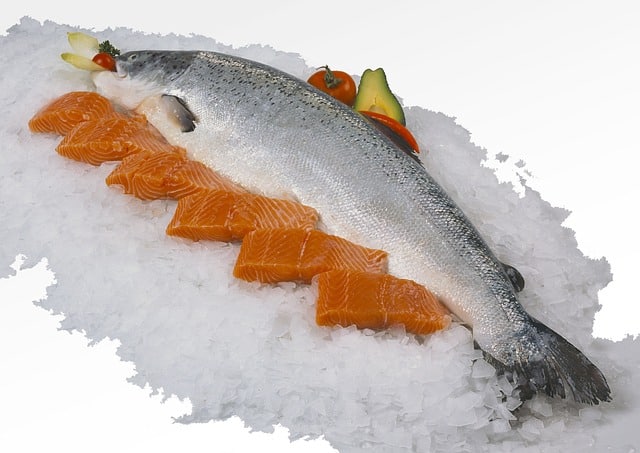
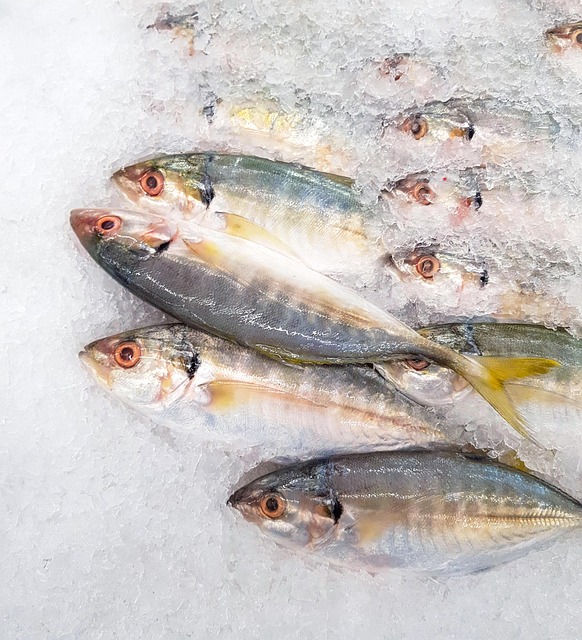
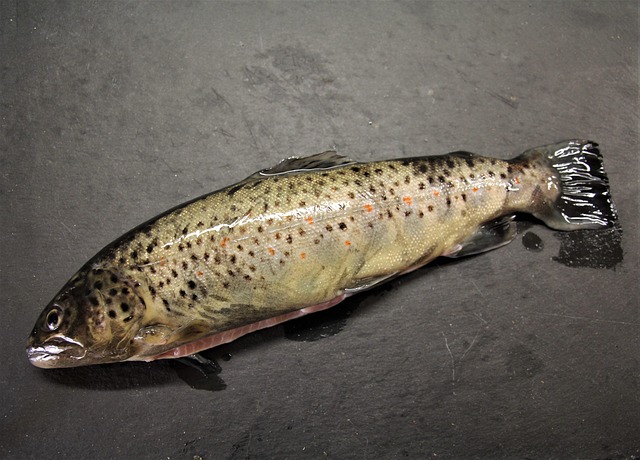
Fatty fish, such as salmon, mackerel, and trout, invite you to a dual feast: a protein-packed delight and a surge of heart-friendly omega-3 fatty acids. Salmon, for instance, delivers approximately 25 grams of protein per 3.5-ounce serving, along with its omega-3 fatty acid bounty.
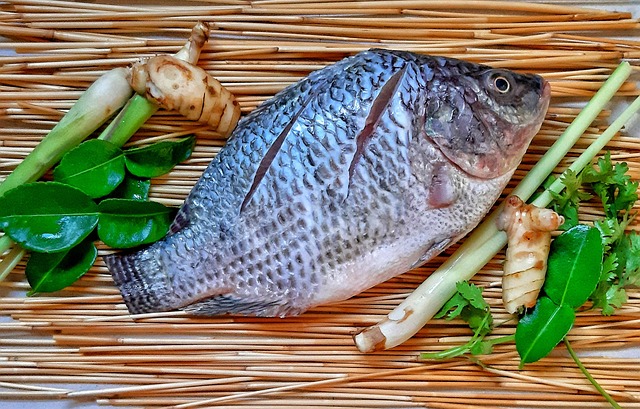
Moving along the aquatic spectrum, tilapia emerges as a lean option with around 26 grams of protein per 3.5-ounce serving, appealing to those seeking a low-fat protein source.
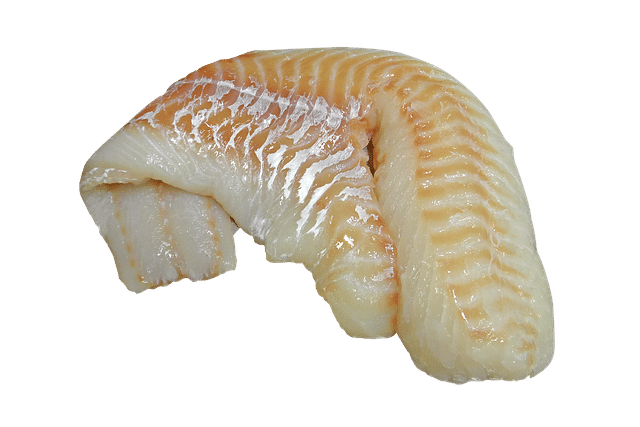
Cod, a popular white fish, holds its own with approximately 20 grams of protein per 3.5-ounce serving, proving that protein content need not be sacrificed for a lean profile.
Anchovies, often overlooked, offer an impressive protein content of roughly 28 grams per 3.5-ounce serving, making them a potent addition to your diet.
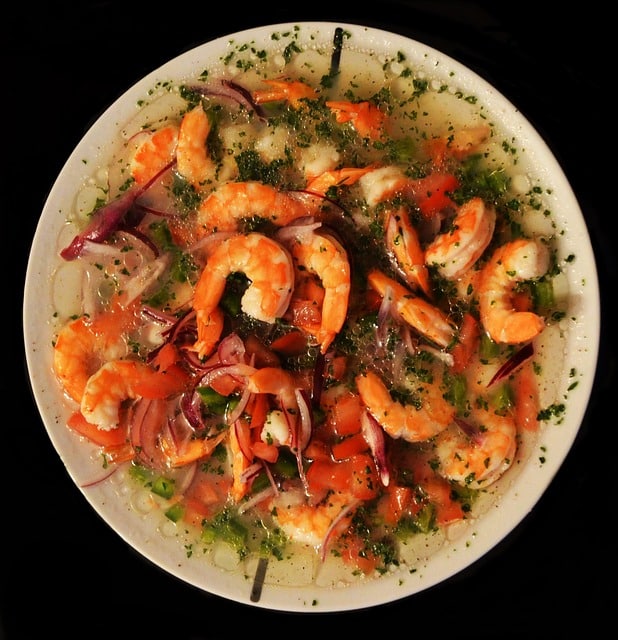
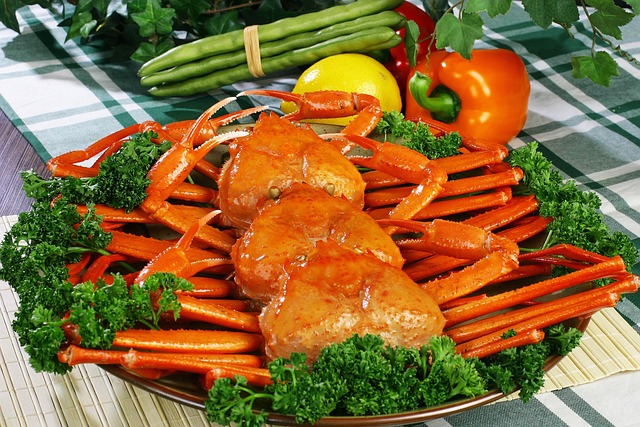
Even shellfish like shrimp and crab boast around 24 and 20 grams of protein per 3.5-ounce serving, respectively, adding a delightful twist to your low-fat, high-protein journey.
Plant-Based Protein Sources
For those embarking on the path of plant-based nourishment, plant-derived proteins stand as versatile powerhouses.
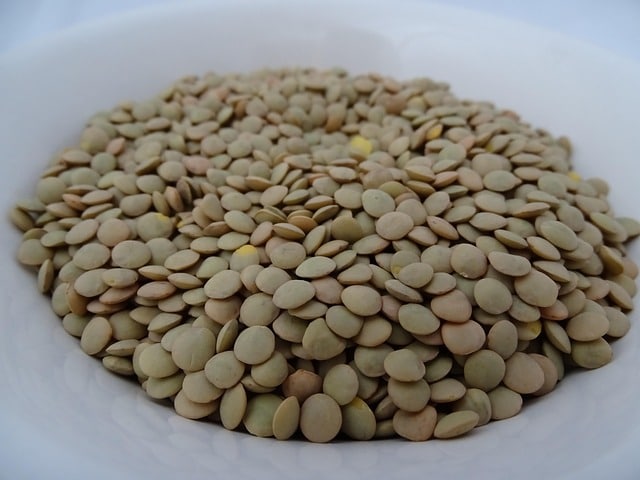
Lentils, the legume luminary, offer approximately 9 grams of protein per half-cup serving, making them a satisfying choice for soups and stews.
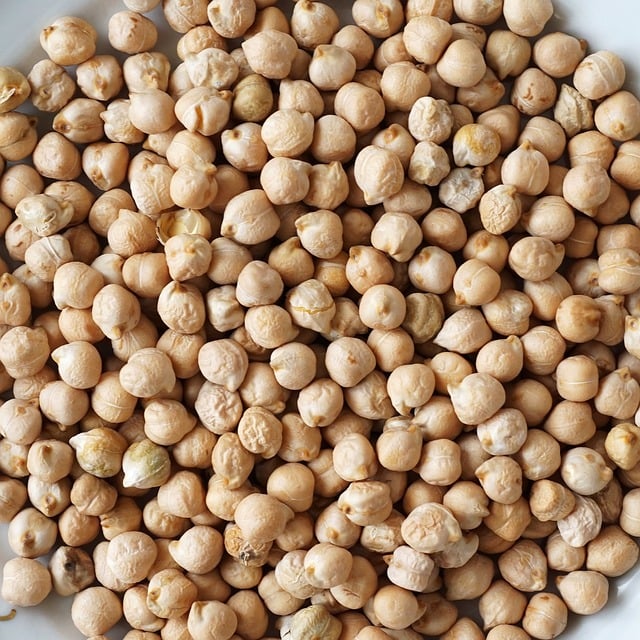
Chickpeas, a versatile legume, deliver around 7 grams of protein per half-cup serving, making them a staple in salads and hummus.
Black beans, another leguminous hero, provide roughly 7.5 grams of protein per half-cup serving, adding depth to your meals.

Tofu, a soy-based superstar, contributes around 8 grams of protein per 3.5-ounce serving, lending itself to stir-fries and scrambles.
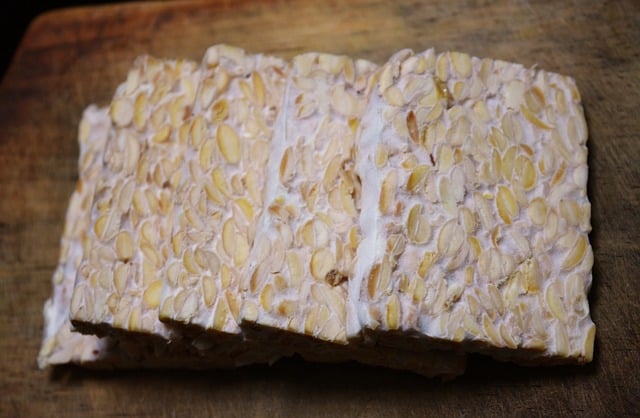
Tempeh, derived from soy, boasts approximately 19 grams of protein per 3.5-ounce serving, making it a substantial addition to sandwiches and bowls.
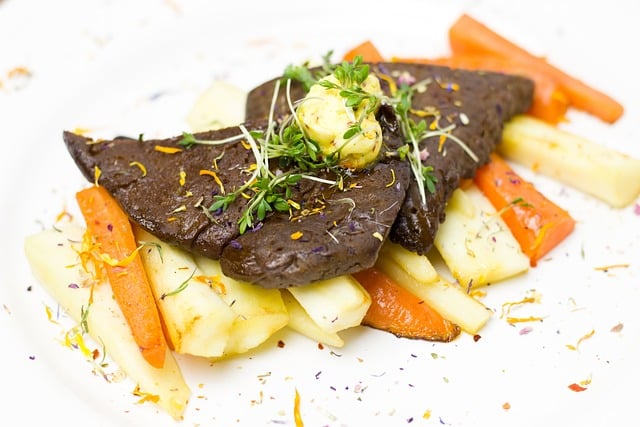
In the realm of wheat-based proteins, seitan shines with roughly 21 grams of protein per 3.5-ounce serving, elevating your dishes with its meaty texture.
Dairy and Dairy Alternatives
Transitioning to the realm of creamy goodness, dairy and dairy alternatives offer a diverse range of protein-rich options.

Greek yogurt, a probiotic powerhouse, boasts around 10 grams of protein per 6-ounce serving, making it a versatile snack or breakfast staple.

Cottage cheese, with approximately 14 grams of protein per half-cup serving, provides a satisfying boost of protein while being low in fat.
Almond milk, a dairy-free alternative, offers around 1 gram of protein per 8-ounce serving, making it a suitable addition to smoothies and cereals.
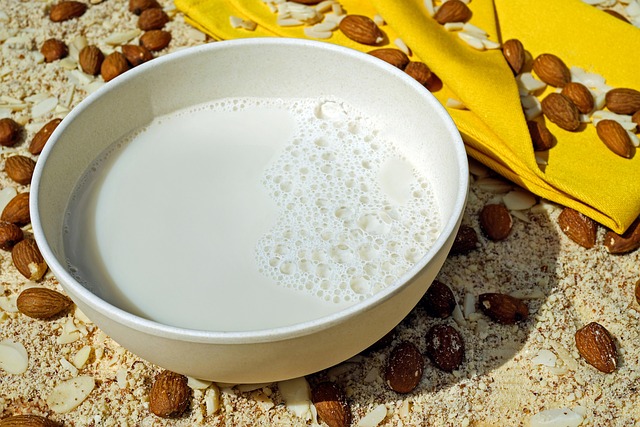
Soy milk, another dairy alternative, provides about 7 grams of protein per 8-ounce serving, delivering a balanced protein source for various dietary needs.
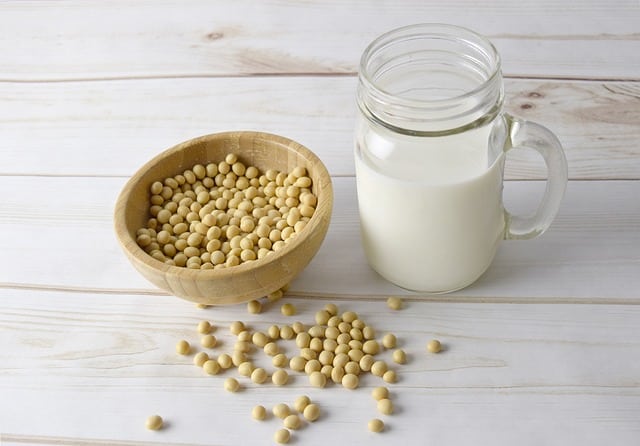
Oat milk, favored for its creamy texture, offers around 3 grams of protein per 8-ounce serving, combining taste and nutrition in your daily beverages.
Eggs
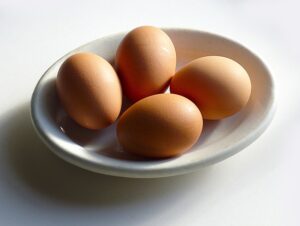
Now, turn your attention to the protein powerhouse known as eggs. A single large egg contributes roughly 6 grams of high-quality protein, making it a versatile addition to your meals.
Whether scrambled, boiled, or poached, eggs supply essential amino acids that aid in muscle repair and growth. With their nutrient-packed yolk and protein-rich white, eggs stand as a culinary cornerstone for a protein-rich, low-fat diet.
Nuts and Seeds
Venturing into the realm of snacking and culinary embellishments, nuts and seeds emerge as nutrient-dense allies.
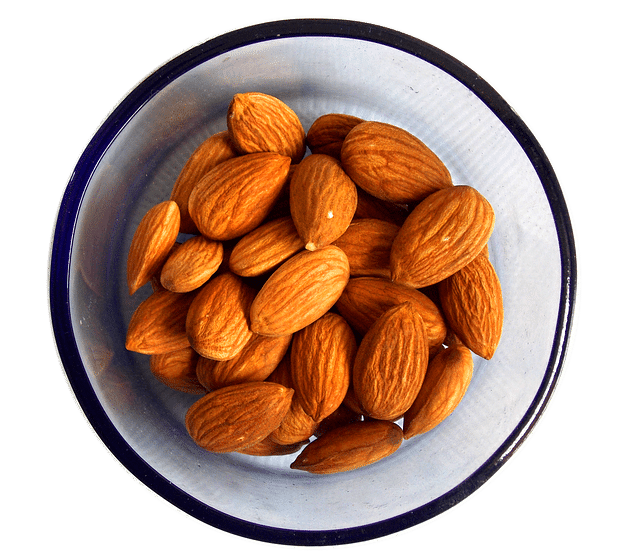
Almonds, the crown jewels of nuts, offer a double whammy of heart-healthy monounsaturated fats and protein, providing about 6 grams of protein per 1-ounce serving.
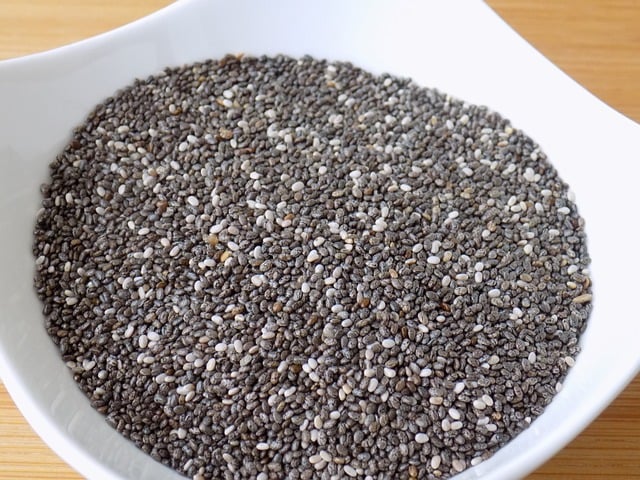
Chia seeds, a plant-based powerhouse, contribute around 5 grams of protein per 2-tablespoon serving, infusing your dishes with valuable nutrients.
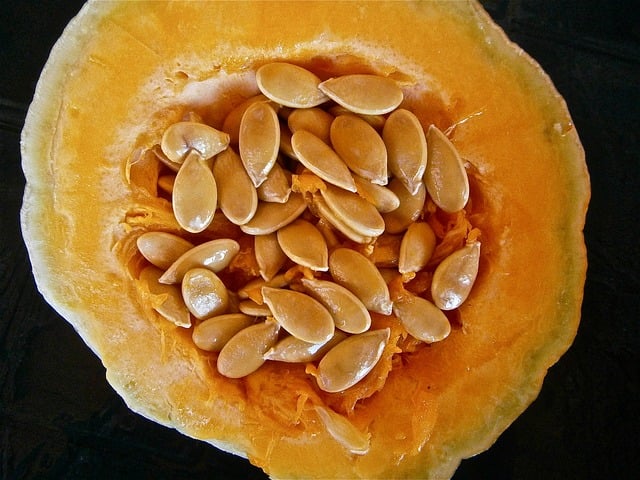
Pumpkin seeds, often overlooked, provide approximately 9 grams of protein per 1-ounce serving, showcasing their protein potency.
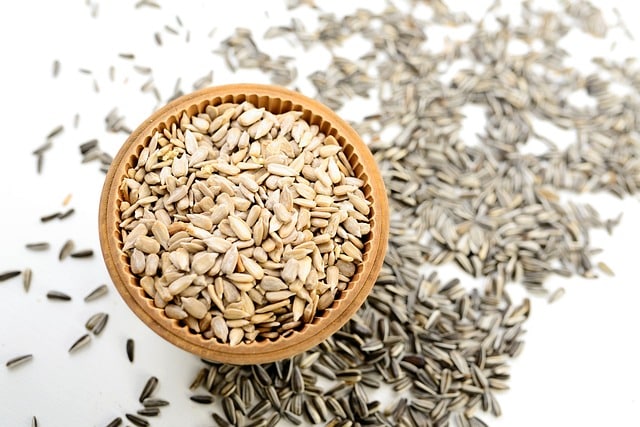
Sunflower seeds, another unsung hero, deliver about 6 grams of protein per 1-ounce serving, making them an excellent addition to salads and snacks.
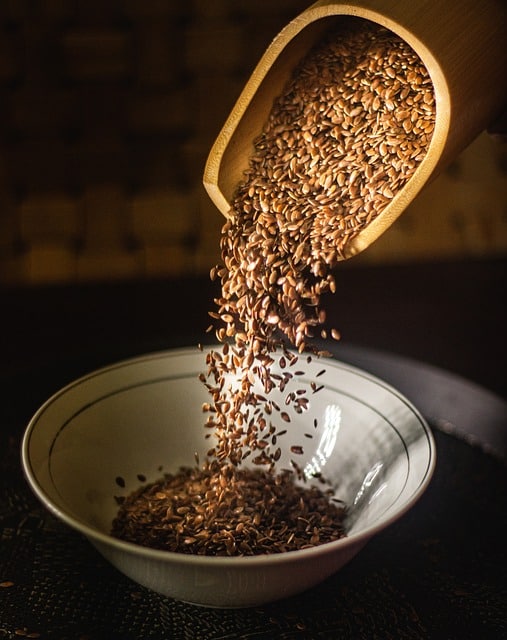
Flaxseeds, rich in omega-3 fatty acids, offer around 6 grams of protein per 2-tablespoon serving, presenting a convenient way to boost protein intake while reaping numerous health benefits.
Quinoa
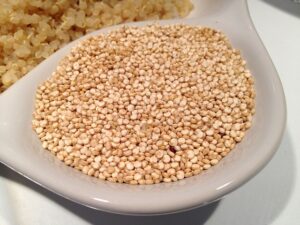
Culminating our exploration, quinoa takes the spotlight as a versatile, protein-packed grain. A cooked cup of quinoa contains roughly 8 grams of protein, making it a complete protein source
Last Words
As we conclude our immersive journey through the realm of foods low in fat and high in protein, a vibrant tapestry of well-being takes shape, painted with the hues of nutrition and vitality.
Armed with the knowledge of lean meats, fish, plant-based proteins, dairy, eggs, nuts, seeds, and quinoa, you possess the tools to embark on a transformative path toward optimal health. Each of these nutrient-rich options serves as a building block, constructing a robust foundation for a life infused with energy and wellness.
By incorporating these tangible choices into your daily culinary repertoire, you not only nourish your body but also craft a symphony of flavors that celebrate the art of balanced nutrition.
Every meal becomes a canvas upon which you paint a portrait of vitality, enhancing not only your physical state but also uplifting your spirit. Your commitment to savoring these low-fat, high-protein foods speaks volumes about your dedication to a harmonious and fulfilled life.
As you move forward, remember that the key to wellness lies within your hands – in the ingredients you select, the recipes you create, and the mindful nourishment you offer your body. This journey is not just about sustenance; it’s about empowerment, resilience, and a deep-rooted understanding of the profound connection between what you eat and how you thrive. With every bite of lean protein, every sip of dairy alternative, and every sprinkle of seeds, you actively contribute to a life of vitality, confidence, and well-being. Your body, mind, and soul stand united in gratitude for the nourishing embrace of these foods, a testament to the beauty of nurturing your entire being from the inside out.
References
[1] Protein. The Nutrition Source. Harvard T.H. Chan School of Public Health. URL: https://nutritionsource.hsph.harvard.edu/what-should-you-eat/protein/
[2] Know the facts about fats. Staying Healthy. Harvard Health Publishing – Harvard Medical School. URL: https://www.health.harvard.edu/staying-healthy/know-the-facts-about-fats

